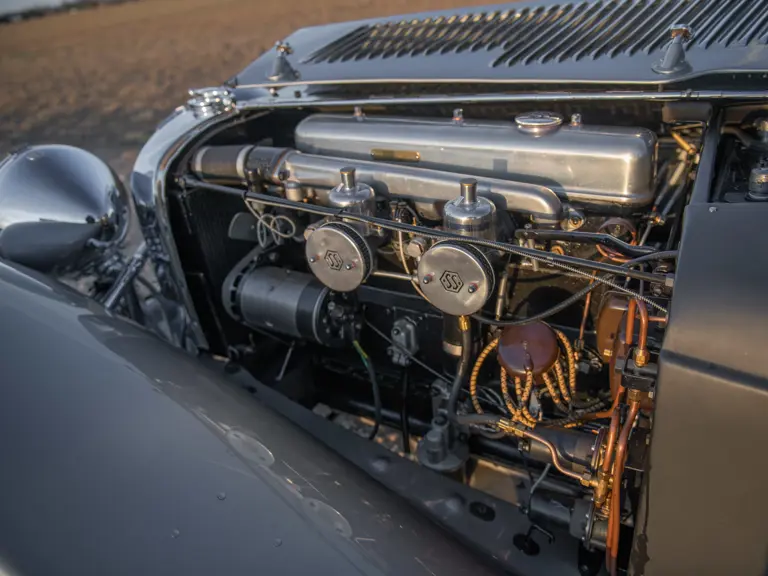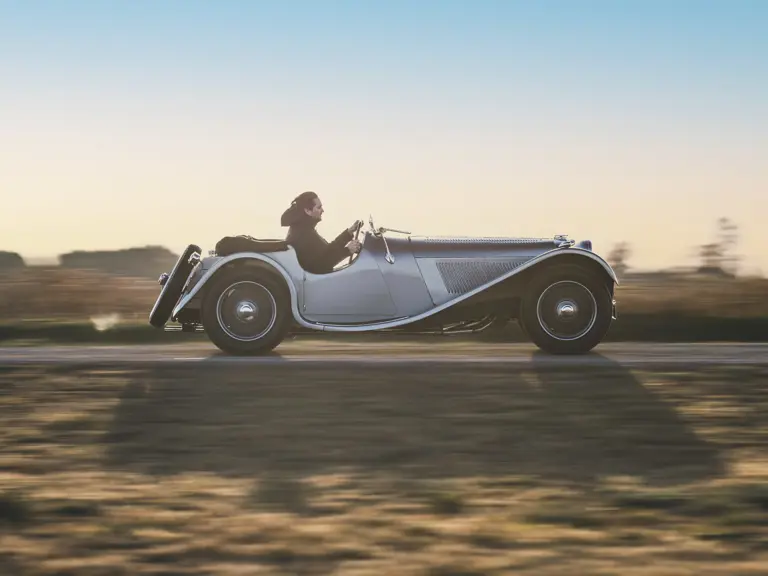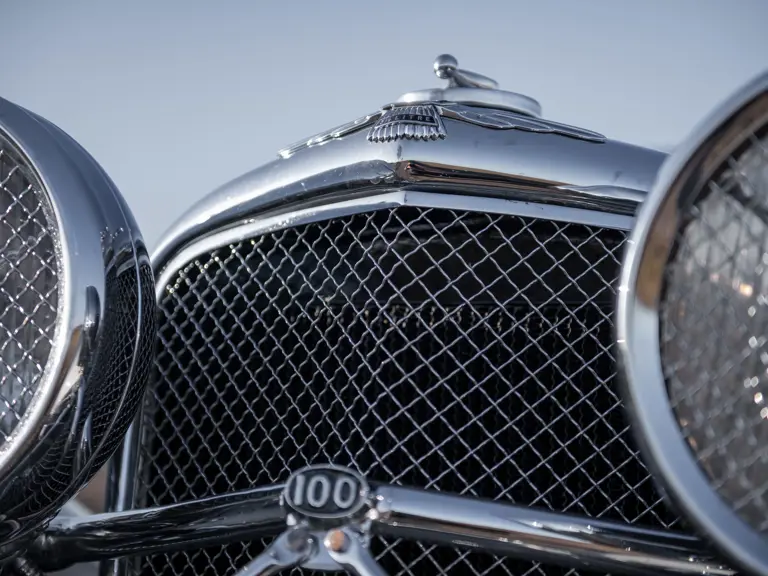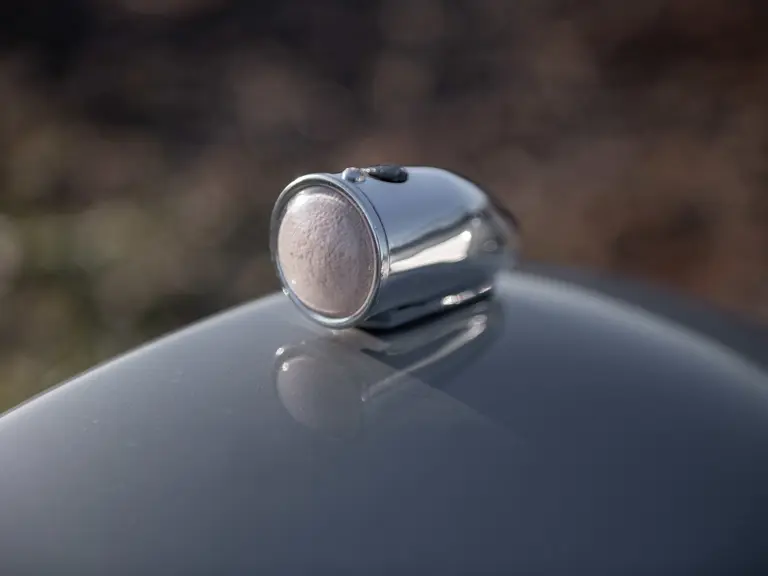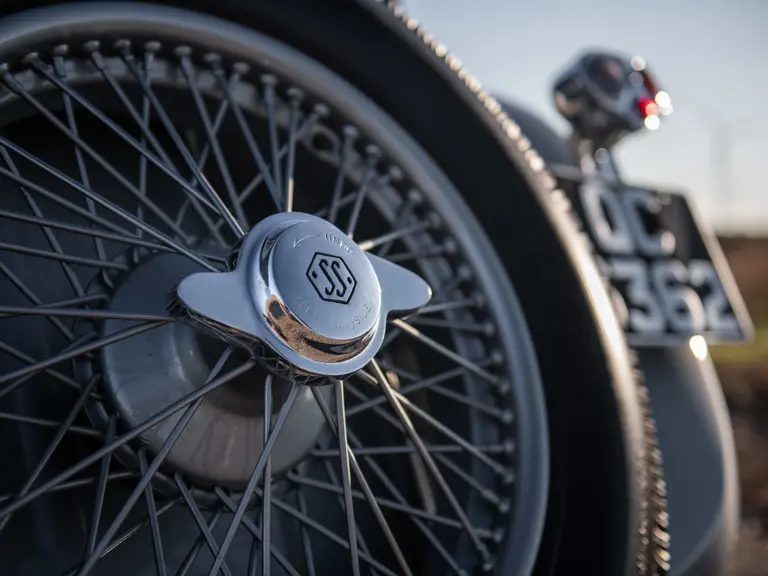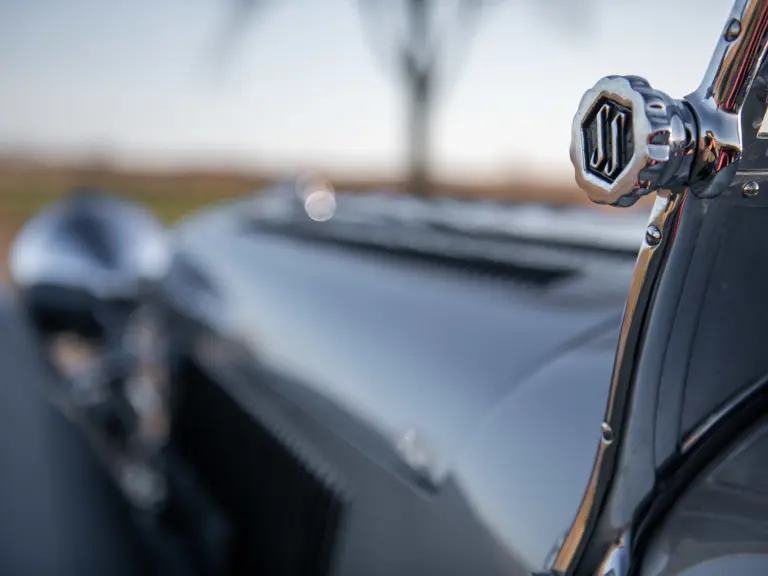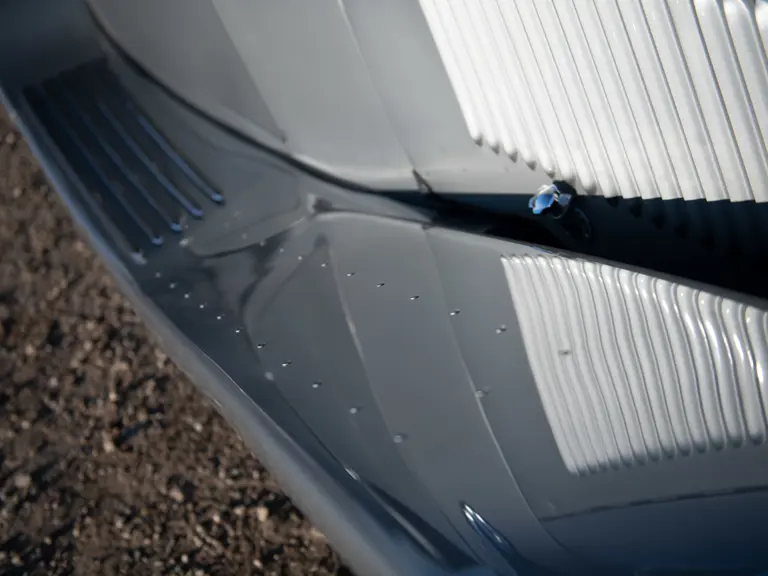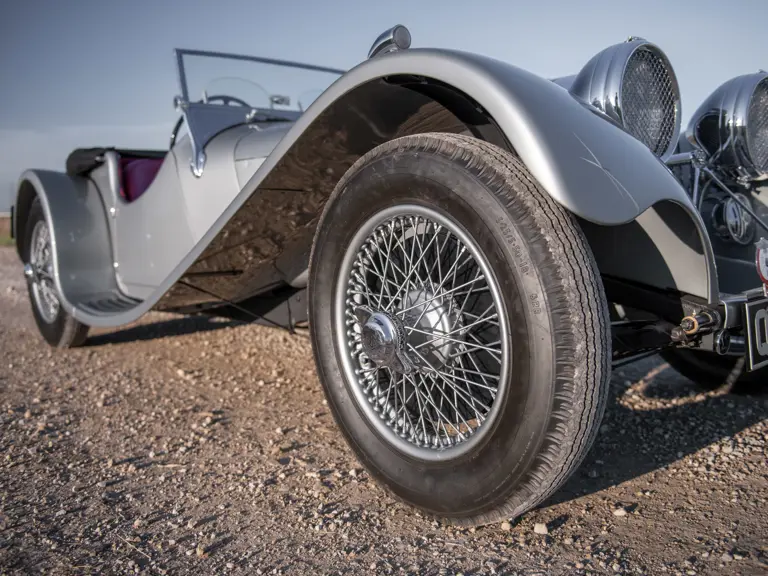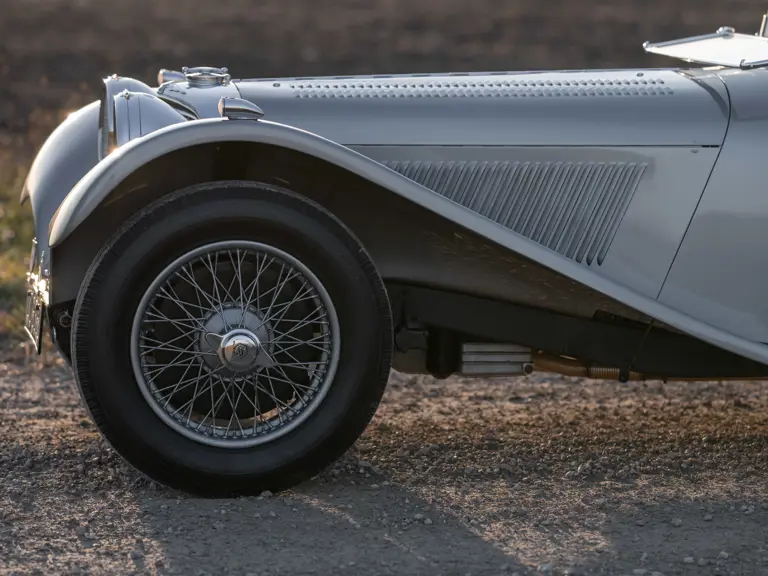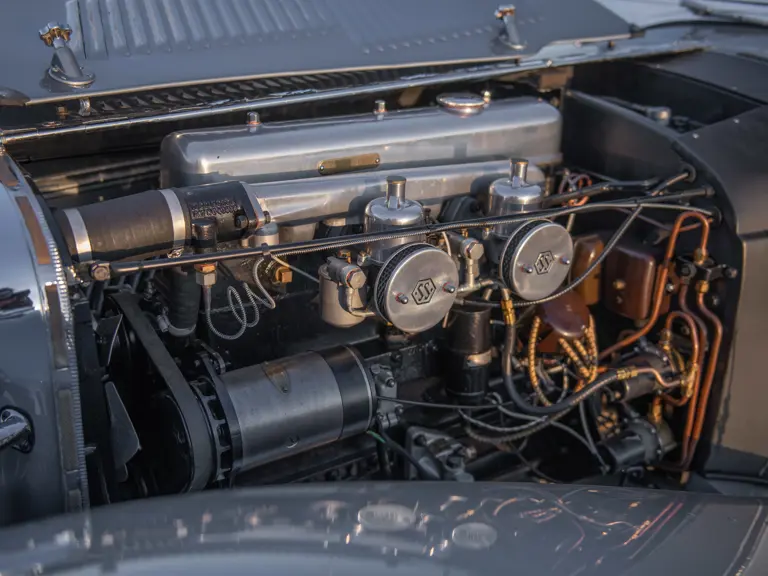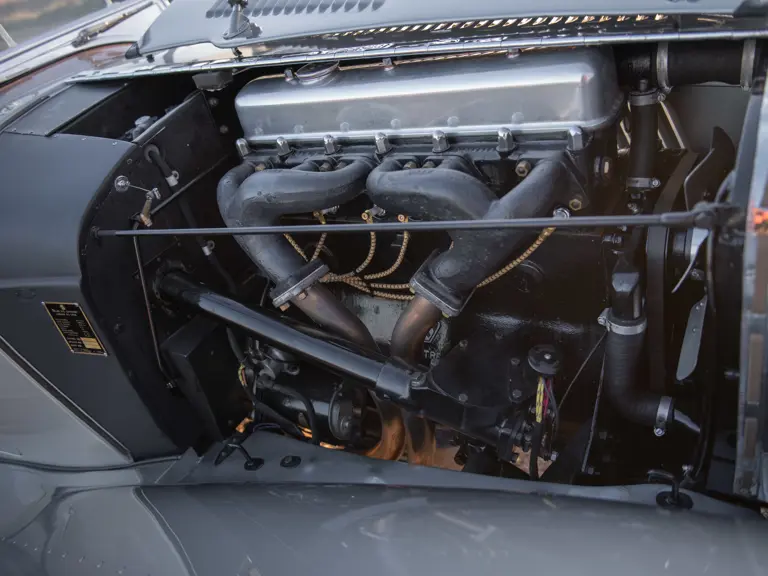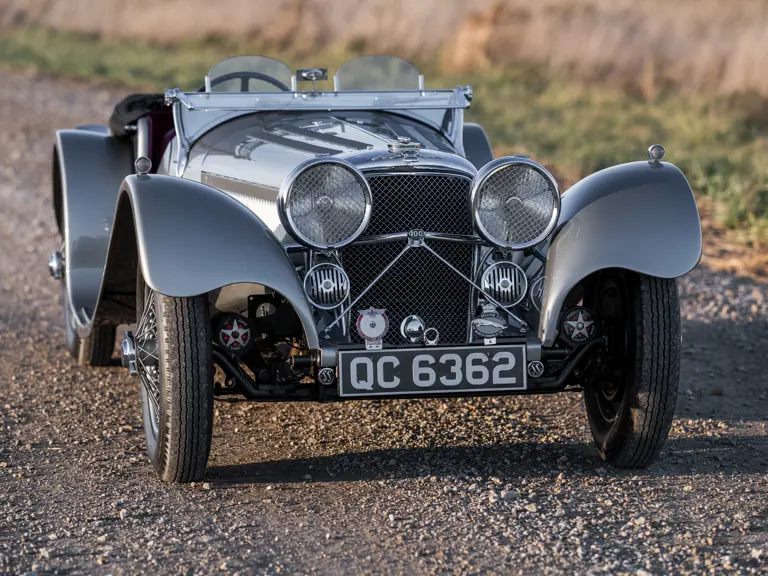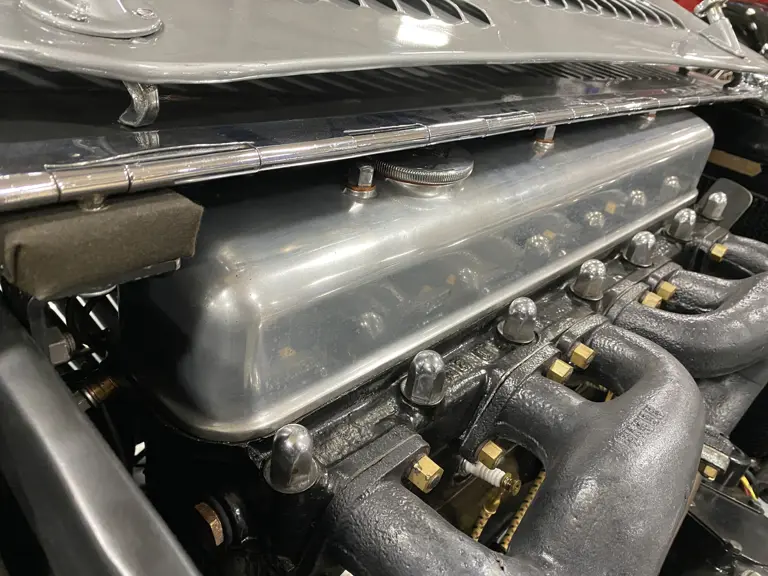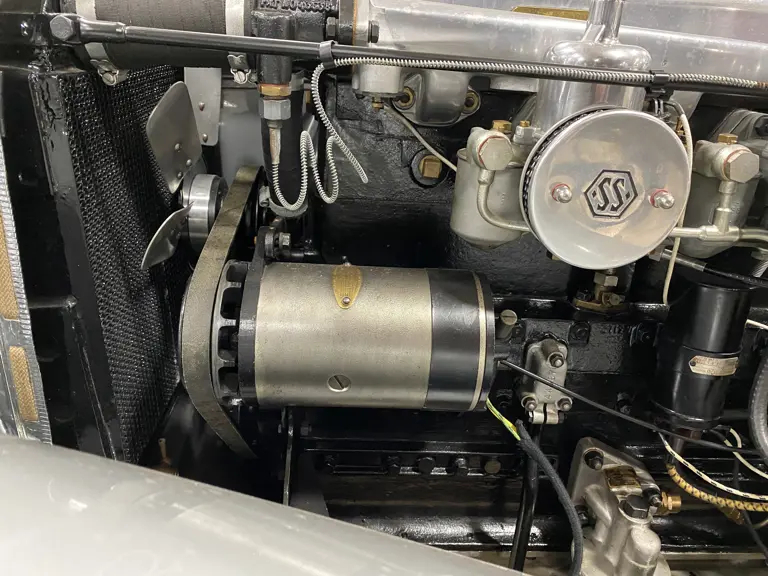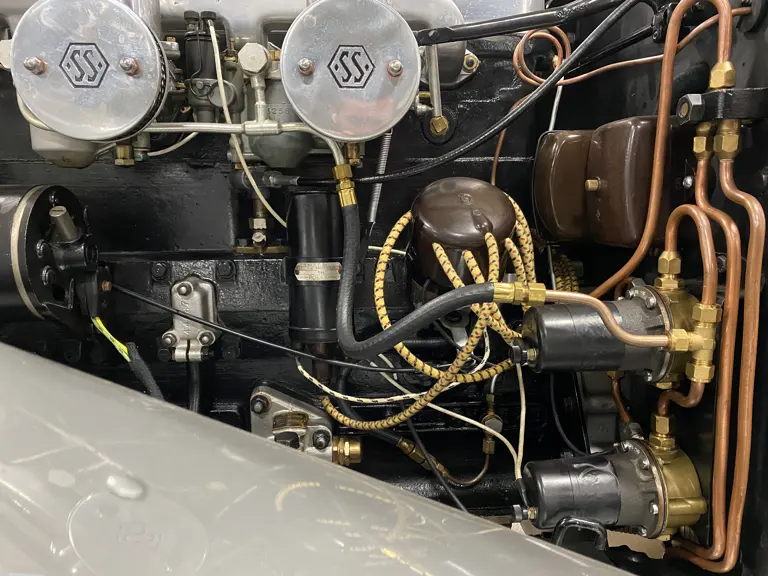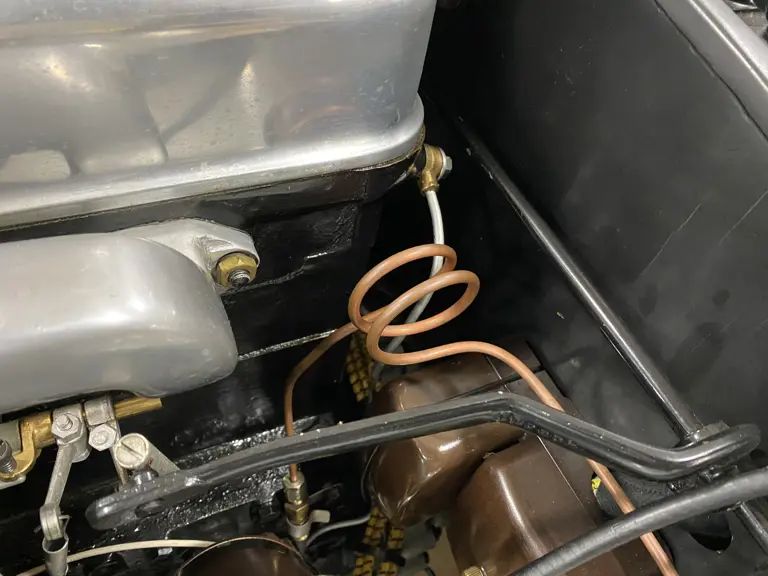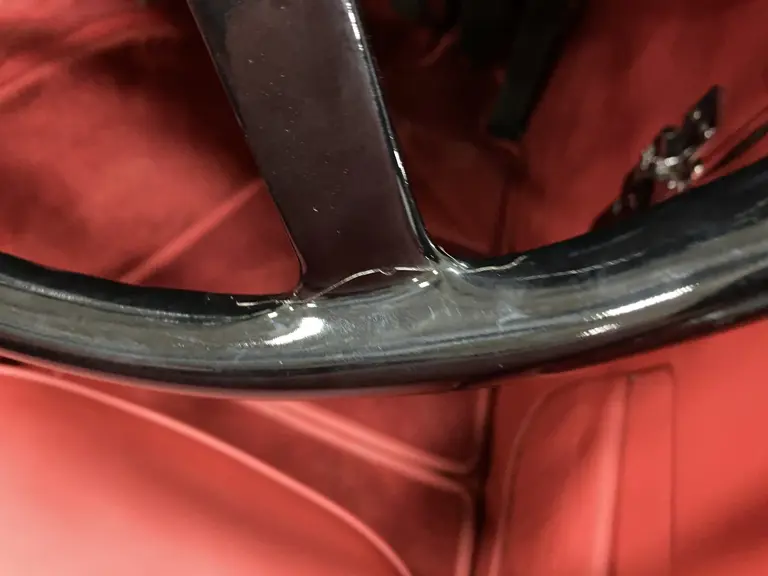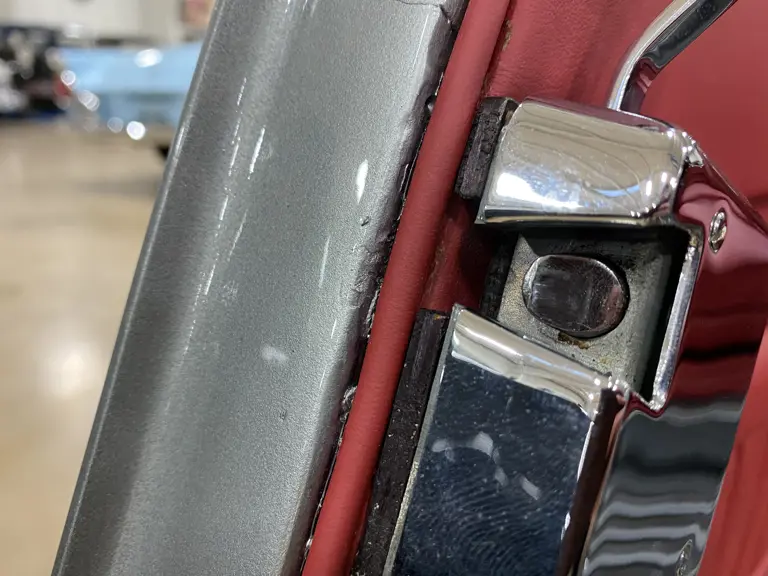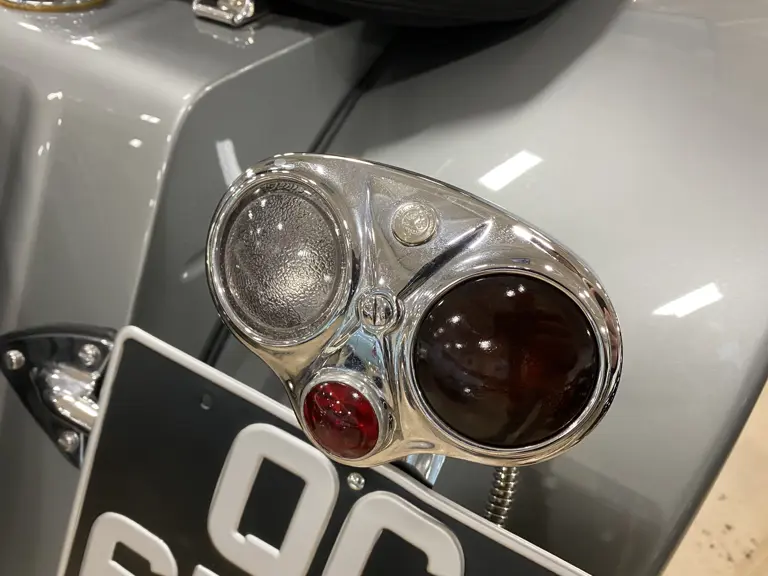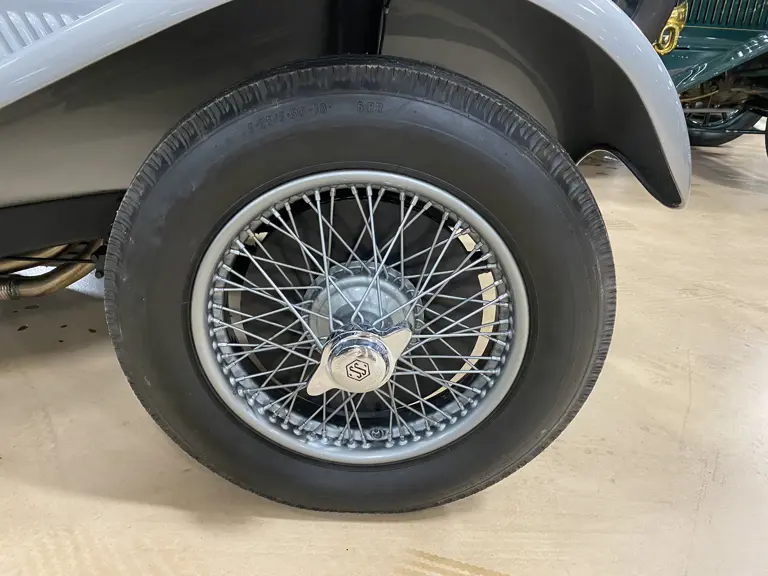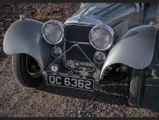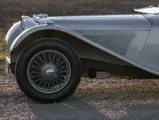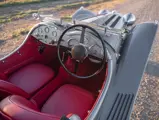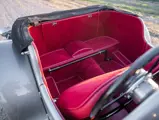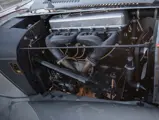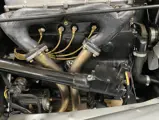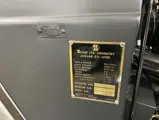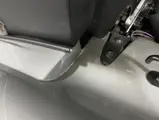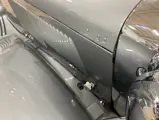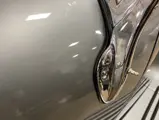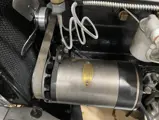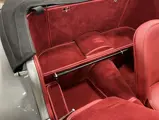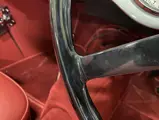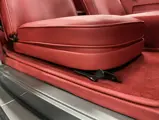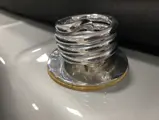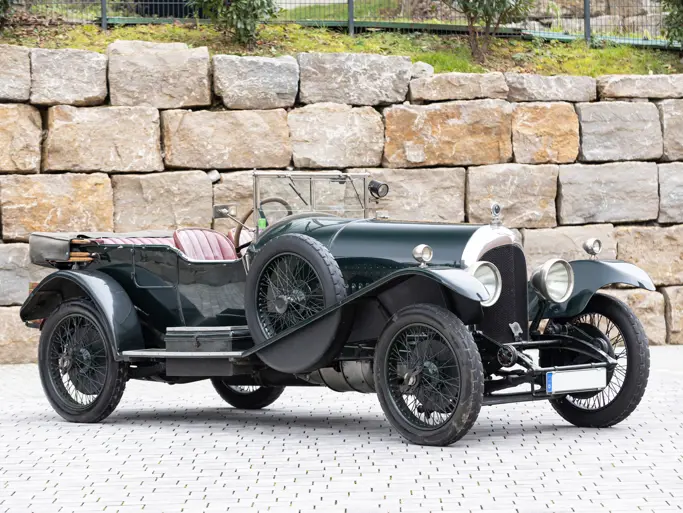
1938 SS 100 Jaguar 3½-Litre Roadster
{{lr.item.text}}
$415,000 USD | Sold
{{bidding.lot.reserveStatusFormatted}}
- Rare and significant; the quintessential pre-war British sports car
- One of 118 3 ½-Litre examples produced
- Formerly owned by the Keno family for over 40 years
- Gunmetal over a red interior; black convertible top
- Earned a 100-point result at the May 2014 JCNA Concours following a meticulous restoration
- Accompanied by JDHT certificate and top boot
Introduced in 1938, the SS Jaguar 100 3 ½-Litre represented the pinnacle of pre-war performance from the marque that would later become Jaguar Cars. It was also a notable achievement for the company originally established in 1922 as Swallow Sidecar; the firm was founded by William Lyons and William Walmsley to build motorcycle sidecars and, later, stylish bodies for affordable cars such as the Standard 9 and Austin Seven. Yet Lyon’s ultimate goal was to build elegant cars of his own design.
By 1935, this had resulted in a series of saloons and drophead coupes and—on the sporting front—the SS 100 2½-Litre Roadster. Itself the successor to the SS 90, the SS 100 packed a 105-horsepower, 2.5-liter inline-six engine. Supplied by the Standard Motor Company, this engine was upgraded with an OHV cylinder head developed by famed engineer Harry Weslake. To power the marque’s larger, heavier offerings, an enlarged and improved version of the 2.5-liter engine was soon developed. Featuring the Weslake OHV head, improved oiling and durability, twin SU carburetion, and low-restriction exhaust manifolds, this 125-horsepower, 3.5-liter saloon engine was, fortuitously, offered as an option in the Roadster as well.
In the SS 100 3 ½-Litre, the classic muscle car combination of a sedan engine in a roadster that was, at 2,610 pounds, 1,000 pounds lighter—not to mention one costing only £445—made it an instant sensation. Performance was breathtaking: The model’s name hinted at its theoretical 100 mph top speed, while the powerful engine afforded the car a brisk 10-second zero-to-60 mph acceleration time. The outbreak of World War II abbreviated the model’s run, but while only 118 examples were produced between 1938 and 1940, that figure belies the 3 ½-Litre’s impact and significance.
CHASSIS NUMBER 39032
Manufactured 18 January 1938, this chassis, originally Gunmetal over a silver-black interior, was dispatched later that month to Parker’s of Bolton in greater Manchester, England. It received a replacement 3.5-liter engine from an SS Jaguar saloon, number M 499 E, at some point in its early life. It remained the United Kingdom until 1962, when it was imported into the United States and acquired by Eugene Faust.
Mr. Faust restored the car for the first time in the mid-1960s, replacing the original fenders in the process. Then, in 1969, he sold it to Mohawk, New York-based antiques dealer and art teacher Ronald Keno. For the next 40 years, chassis number 39032 would be the Keno family’s constant companion. Ron and Norma had three young children at the time, twins, Leigh and Leslie, age 12, and their older brother Mitchell, then 16, all of whom followed their parents into the antiques business.
Leigh and Leslie Keno became well known through their antiques business and have even appeared on Antiques Roadshow and experienced Pebble Beach Concours judging. They would eventually take the family Roadster far beyond New York’s Hudson Valley and their high-school prom, including on a 1,000-mile tour of China during the 1998 Louis Vuitton China Run. “We grew up in this car,” said Leigh, but by 2009, the Kenos felt they were no longer able to use it appropriately and passed it to a new owner.
Still impressive yet somewhat worn from over 40 years of regular use, the SS Jaguar 100 3 ½-Litre was due for a modern restoration. Two years of work ensued, during which time it was refinished to the highest show standards in its original Gunmetal, now paired with a striking red interior and fabric black top with matching boot. The quality of the work performed was such that, shortly after the restoration’s completion in spring 2014, the car received a perfect JCNA 100-point score at the May 2014 Jaguar Owners Club of Los Angeles Annual Concours d’Elegance.
If any single car represents the epitome of pre-war British motoring, it is the 3½-Litre SS 100 Jaguar. As the first full flowering of Williams Lyons’ vision for what Jaguar could be, its engineering and styling set a benchmark for sports cars of the era—and a discerning eye will detect echoes of its proportions and performance in Jaguar’s post-war offerings, the E-Type among them. Accompanied by a Jaguar Daimler Heritage Trust certificate, chassis number 39032 is worthy of inclusion in any collection of significant sports cars.






